Temperature Control Master Guide: Essential Climate-Controlled Storage Solutions
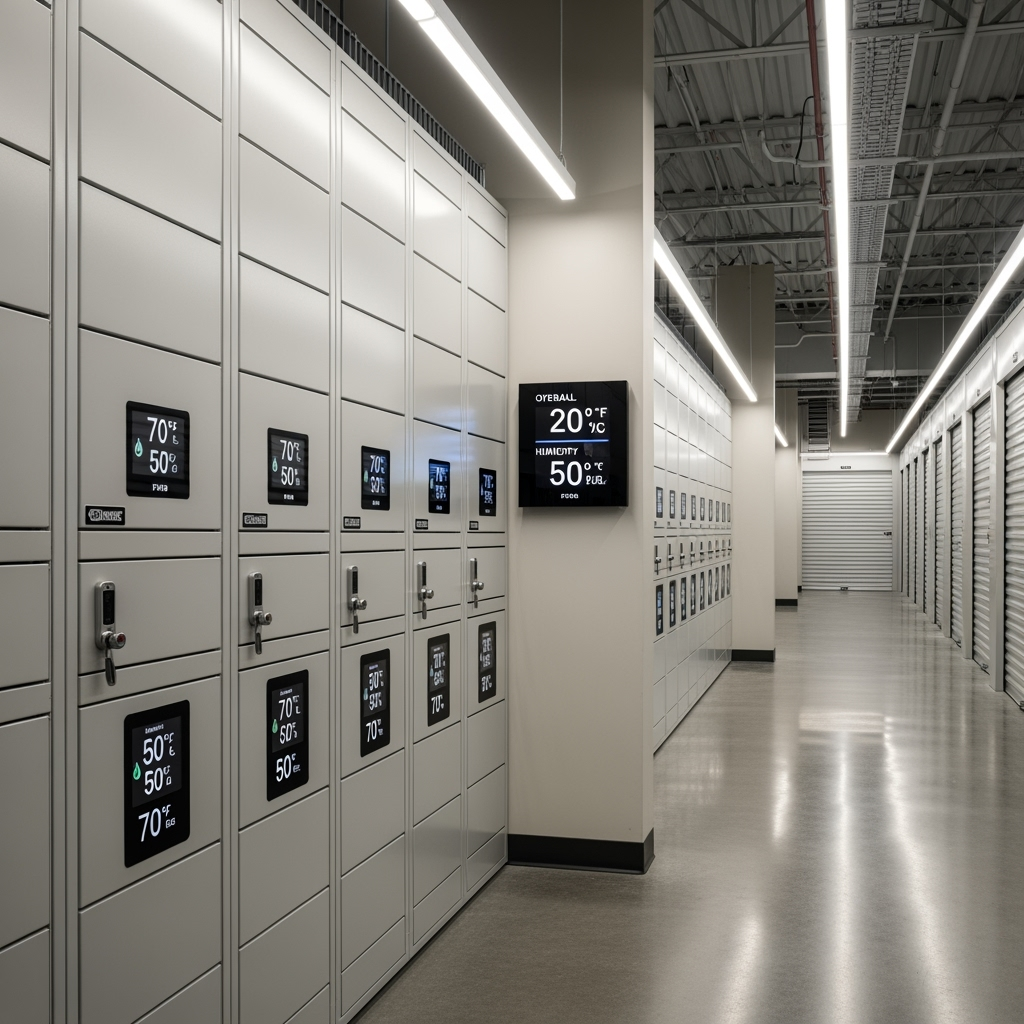
Understanding the Importance of Temperature Control in Storage
When it comes to protecting your valuable belongings, temperature control isn’t just a luxury—it’s a necessity. Whether you’re storing sensitive electronics, precious family heirlooms, or important business inventory, maintaining the right temperature can mean the difference between preservation and deterioration.
What Makes Climate-Controlled Storage Essential?
Climate-controlled storage units offer several critical benefits:
- Consistent temperature maintenance year-round
- Protection from extreme temperature fluctuations
- Humidity control to prevent moisture damage
- Enhanced protection for sensitive items
- Improved air quality and circulation
Items That Require Temperature-Controlled Storage
These items particularly benefit from climate-controlled storage:
- Electronics and technological equipment
- Wooden furniture and antiques
- Important documents and photographs
- Musical instruments
- Medical supplies and equipment
- Wine collections
- Artwork and collectibles
Optimal Temperature Ranges for Different Items
Different items require different temperature ranges for optimal preservation:
- Electronics: 50-80°F
- Wooden furniture: 55-85°F
- Documents and photos: 65-75°F
- Wine: 55-58°F
- Medical supplies: As specified by manufacturer
Choosing the Right Climate-Controlled Unit
Consider these factors when selecting your climate-controlled storage unit:
- Unit size and capacity
- Temperature control capabilities
- Humidity monitoring systems
- Access hours and security features
- Location and convenience
- Cost and insurance options
Tips for Maximizing Climate-Controlled Storage
Follow these best practices to get the most from your climate-controlled storage:
- Clean and dry all items before storing
- Use appropriate packing materials
- Leave space between items for air circulation
- Monitor temperature and humidity regularly
- Check on stored items periodically
Seasonal Considerations for Temperature Control
Be mindful of seasonal changes and how they might affect your stored items:
- Summer: Monitor for excessive heat and humidity
- Winter: Watch for extreme cold and dryness
- Spring/Fall: Check for temperature fluctuations
The Cost-Benefit Analysis of Climate-Controlled Storage
While climate-controlled storage typically costs more than standard units, consider these long-term benefits:
- Better protection for valuable items
- Reduced risk of damage
- Lower replacement costs
- Peace of mind
- Extended life of stored items
When to Choose Climate-Controlled Over Standard Storage
Opt for climate-controlled storage when:
- Storing valuable or irreplaceable items
- Planning long-term storage
- Living in areas with extreme weather
- Storing temperature-sensitive items
- Protecting business inventory
Making the Most of Your Investment
To maximize your climate-controlled storage investment:
- Plan your space efficiently
- Label everything clearly
- Create an inventory system
- Schedule regular maintenance checks
- Keep important items easily accessible
Conclusion
Climate-controlled storage is an investment in protecting your valuable belongings. By understanding the essentials of temperature control and following proper storage practices, you can ensure your items remain in excellent condition for years to come. Remember to regularly monitor your storage conditions and adapt your strategy as needed for optimal protection.


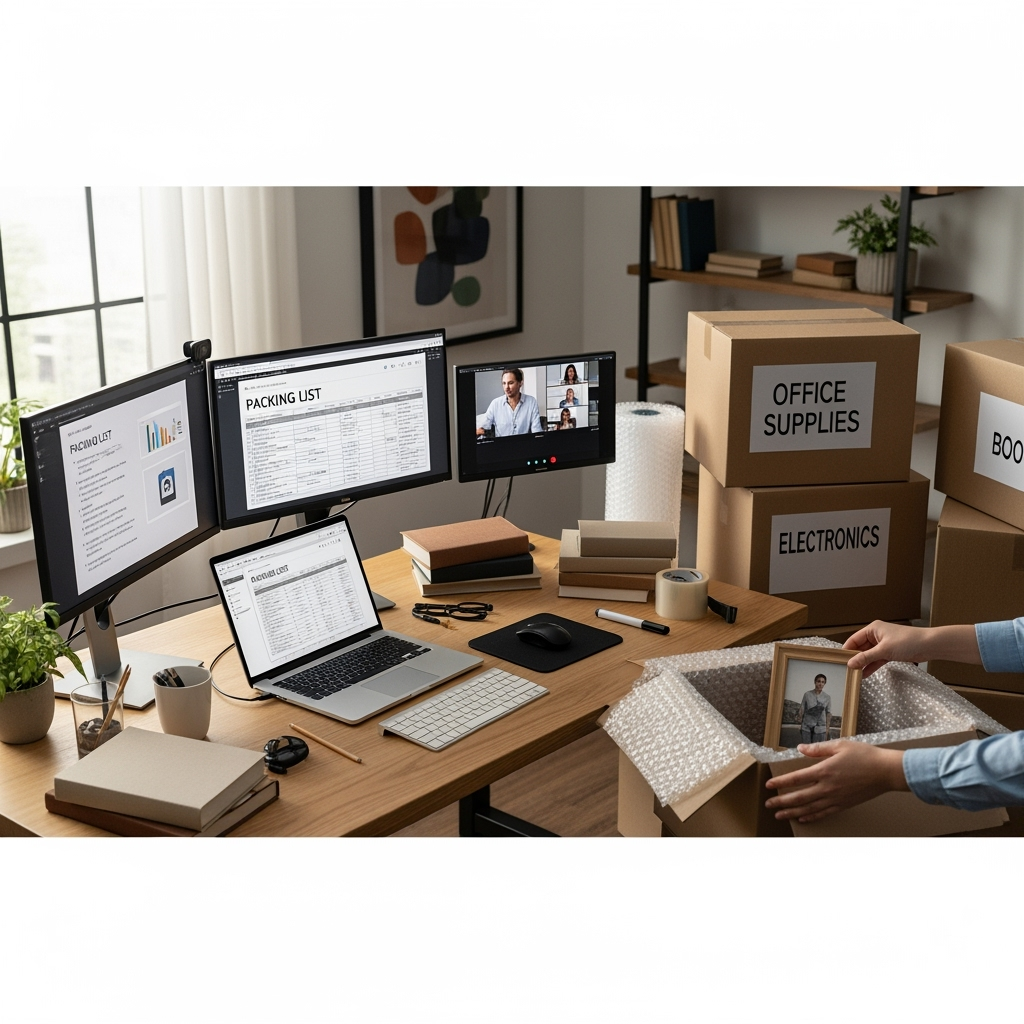
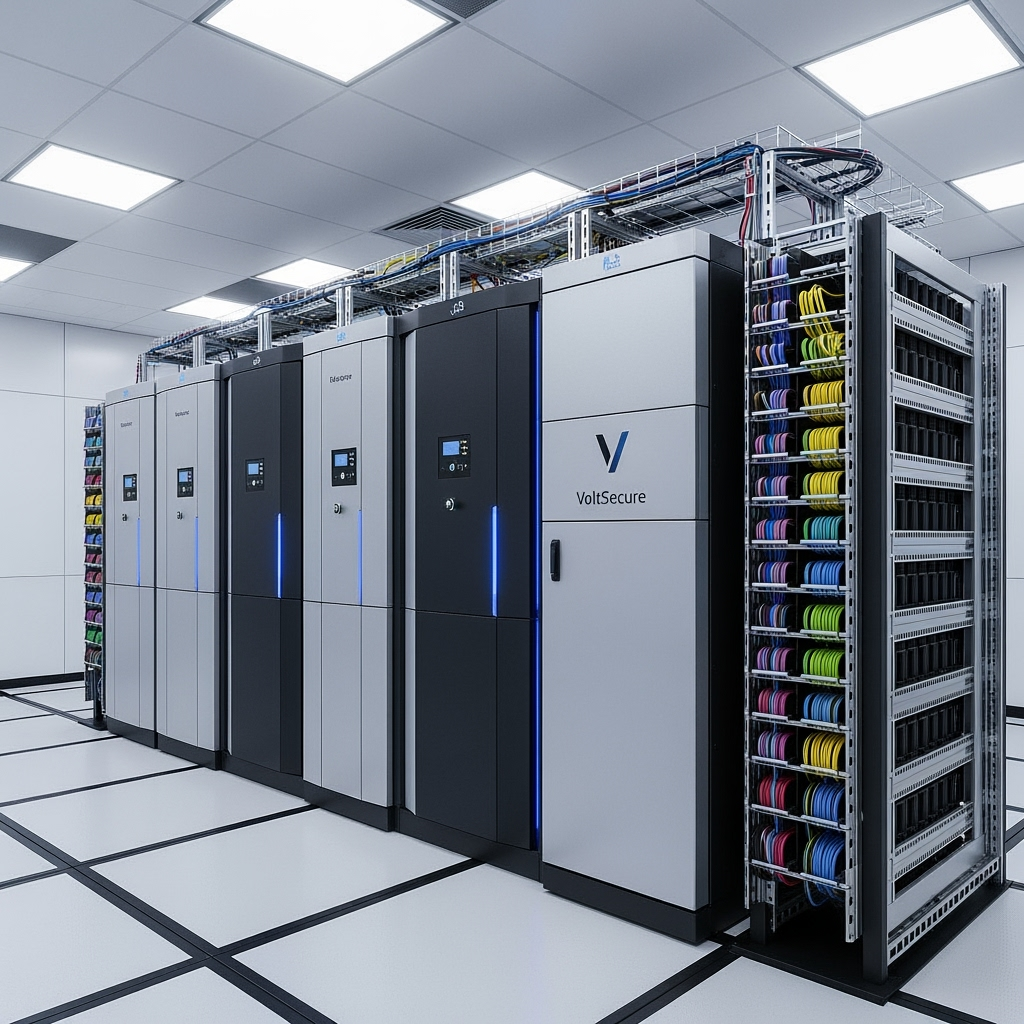

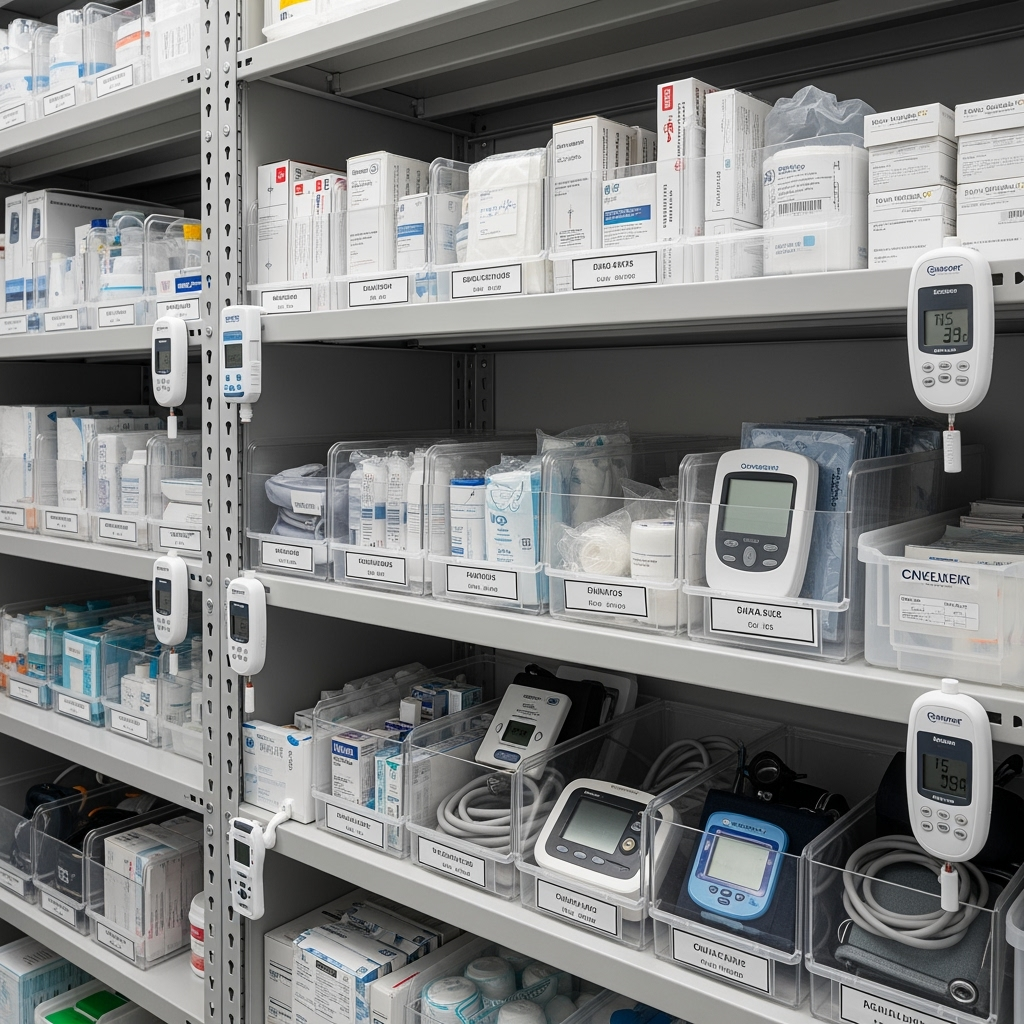
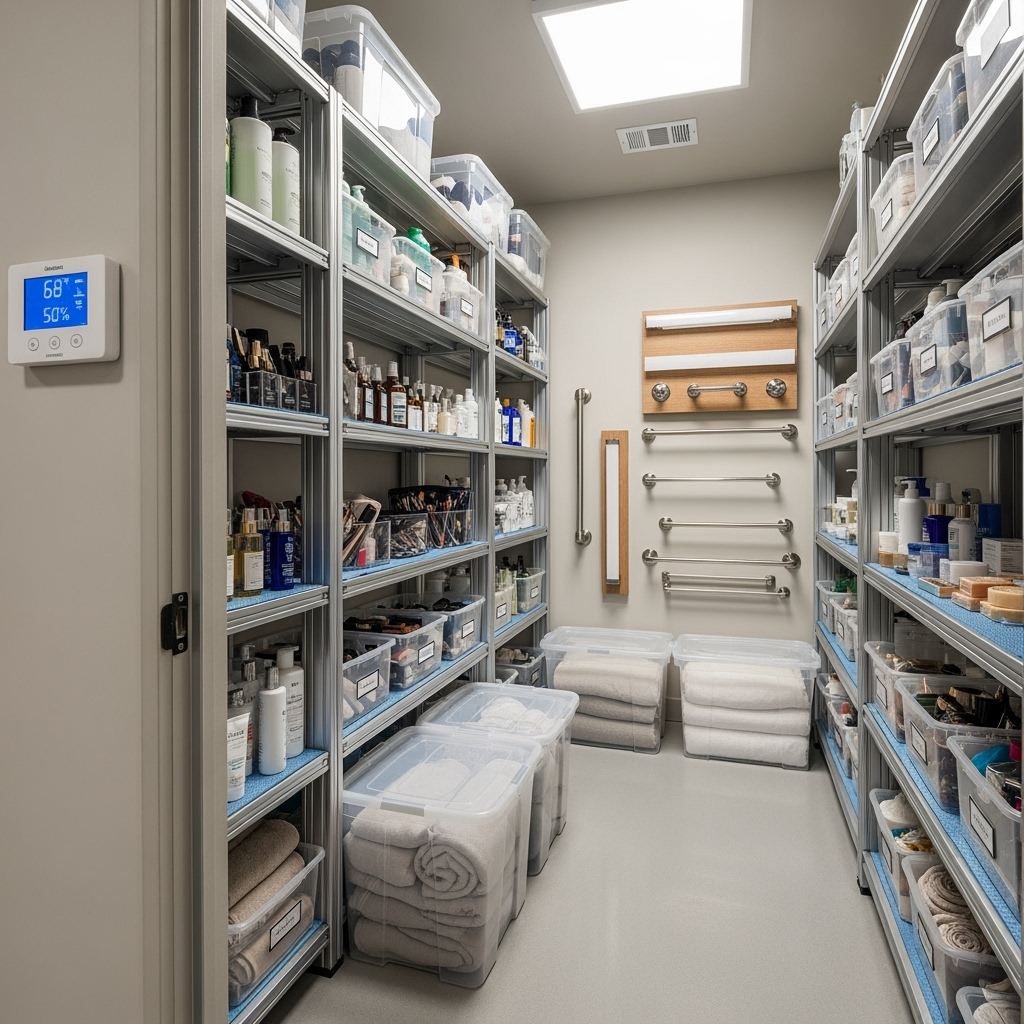
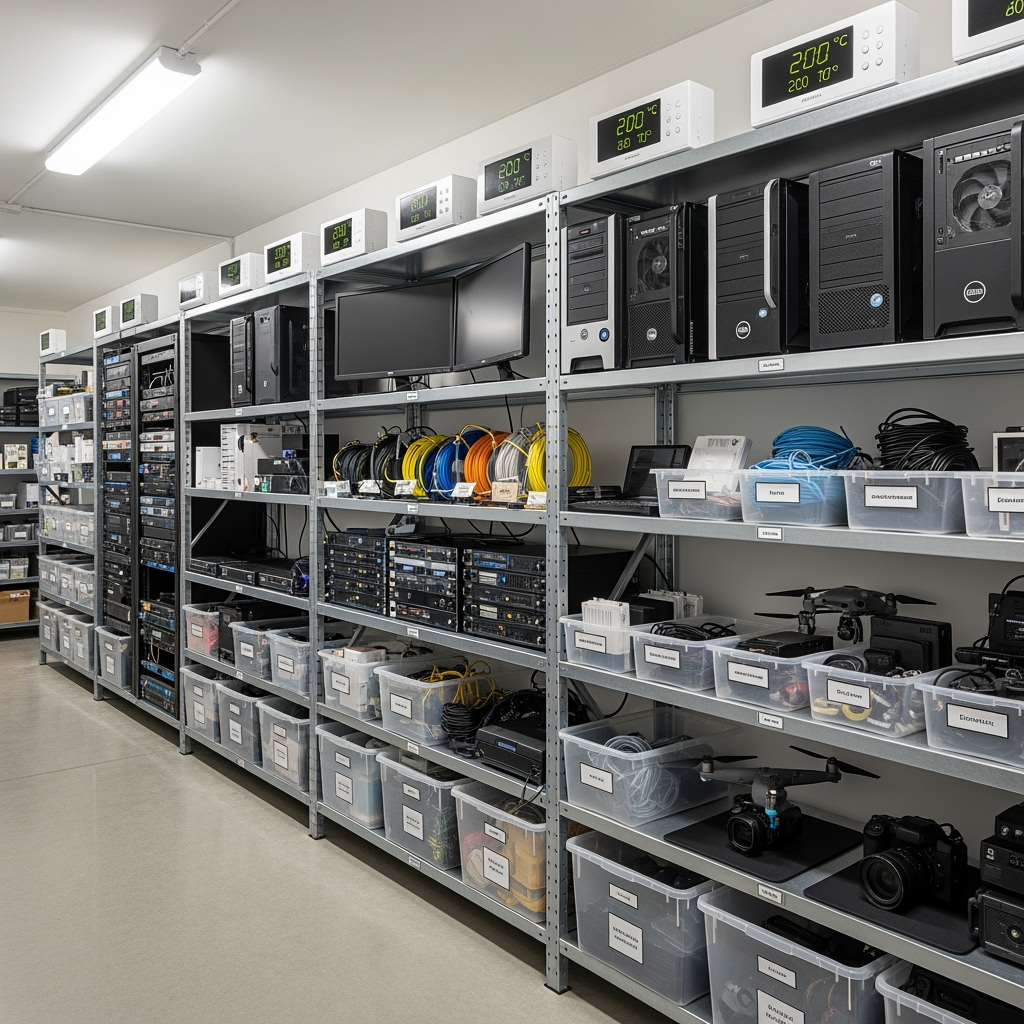
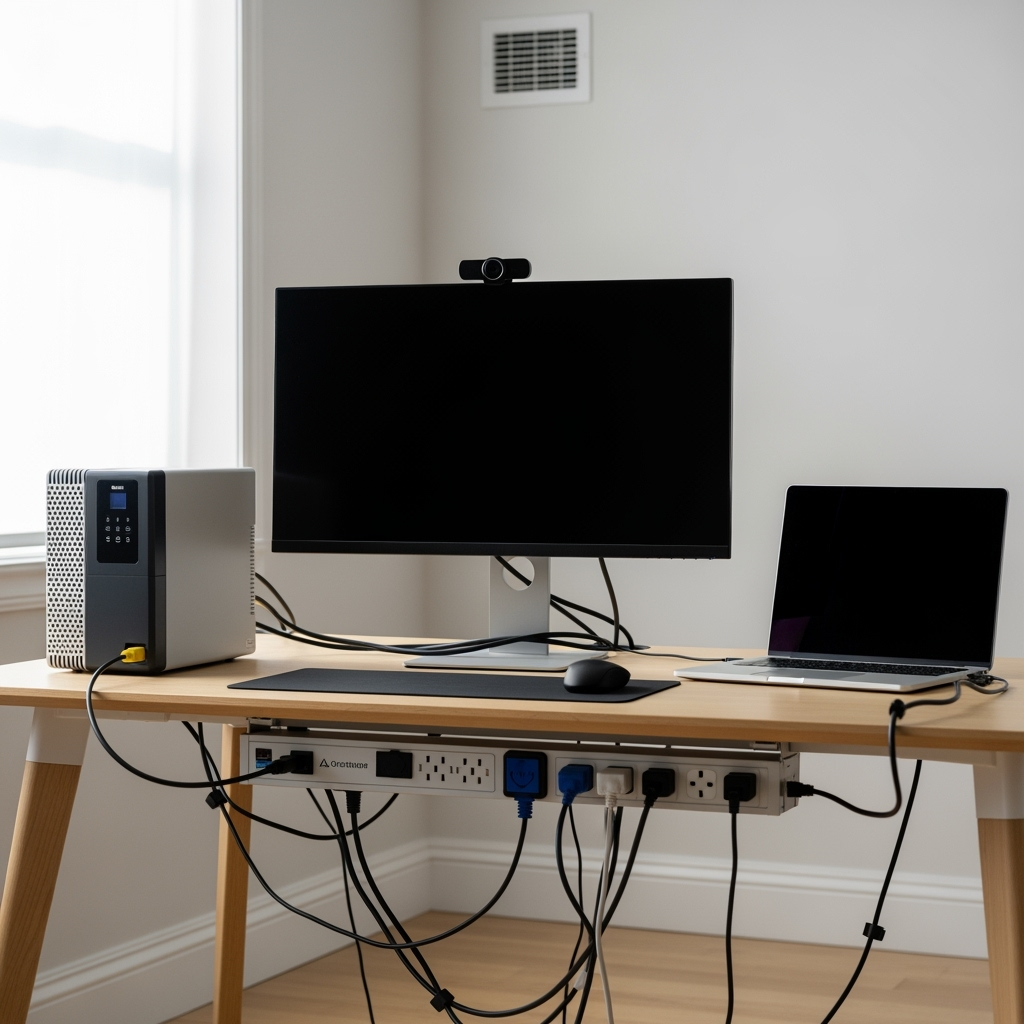
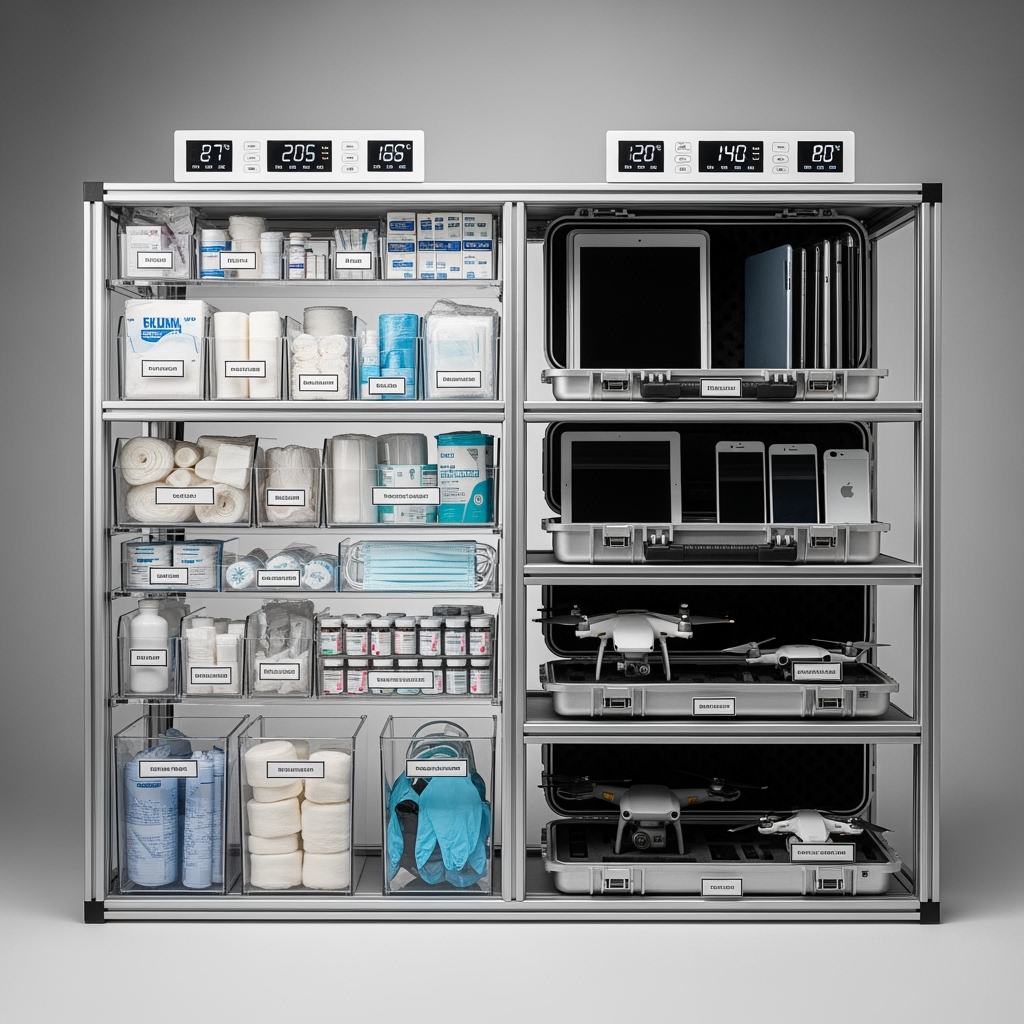
Leave a Reply